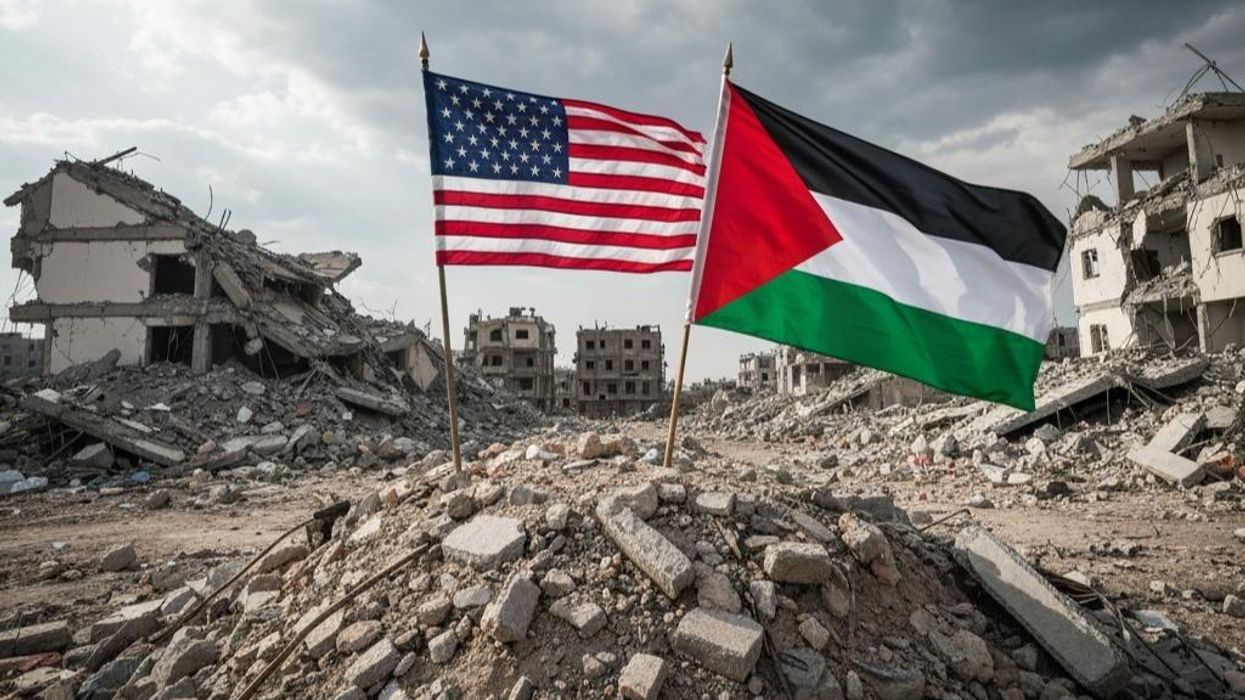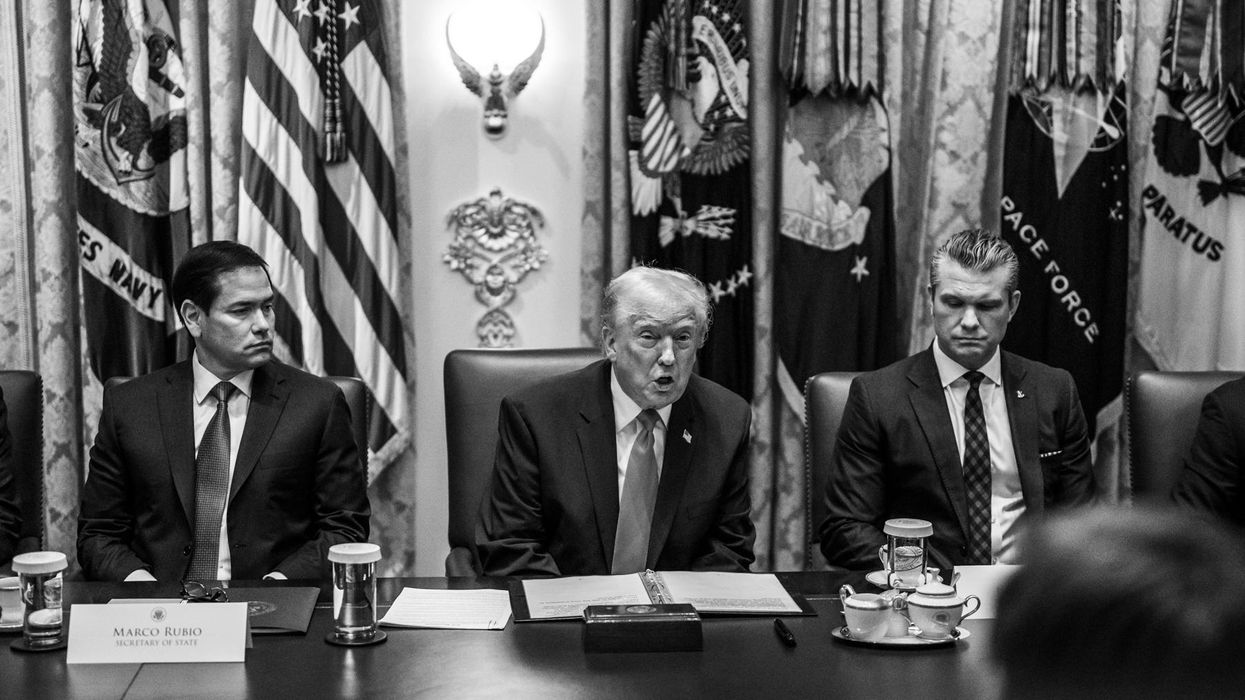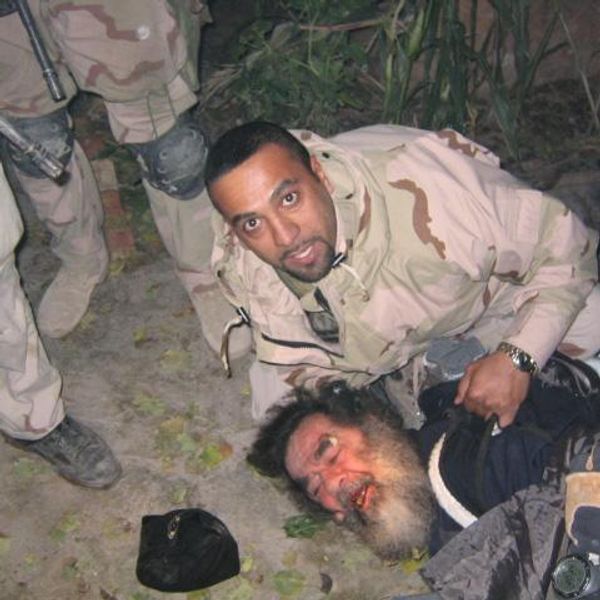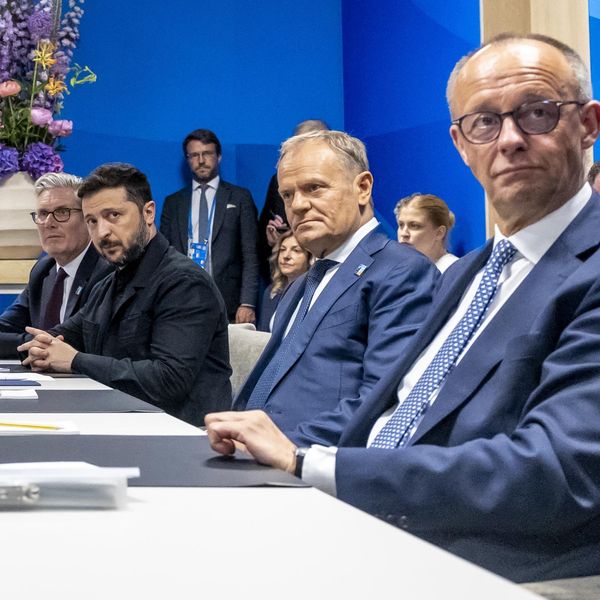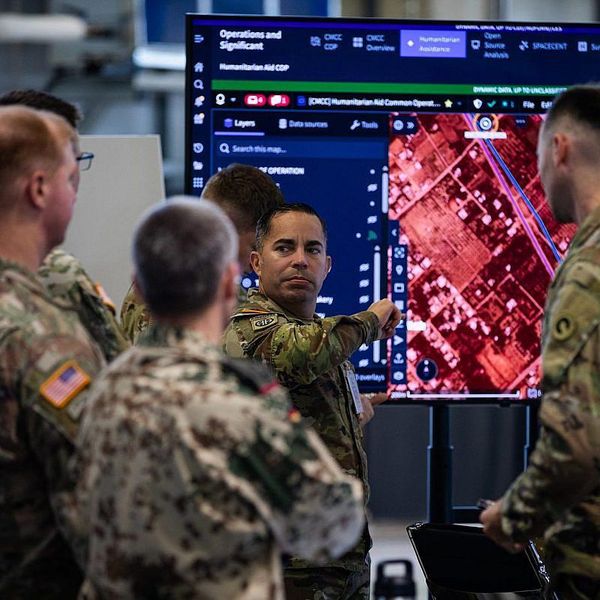People who work on nuclear security and deterrence are divided, like most other people, between optimists and pessimists — or in other words, some people believe that nuclear weapons use and spread can be prevented, and others believe both are inevitable.
It is understandable that there are likely many more nuclear pessimists than three years ago, since it seems that all of the nuclear challenges facing the United States are worse today than when President Trump took office, and all are moving in the wrong direction.
In fact, a new report from the American Nuclear Policy Initiative (ANPI) finds this to be the case and that the nuclear danger facing the United States and its allies is getting more severe. The report finds that only a deliberate change in policy and process can reverse these dangerous trends and improve the nuclear situation facing the United States.
By no means are all of the nuclear dangers we face of President Trump’s own making. North Korea has had an active nuclear and missile program since the early 1990s and efforts under multiple presidents to end them have not succeeded.
Likewise, U.S.-Russian nuclear deterrence has become increasingly unstable over the past decade, fueled by a mismatch in objectives and capabilities, as well as deliberate steps by President Putin to weaponize risk and threaten western stability.
So, some of these nuclear challenges were inherited by this administration. Yet others are directly of its own making, including the growing nuclear standoff with Iran, the increasing nuclear and stability challenges with China, the acceleration of the nuclear arms race with Russia, and the decline of confidence in the U.S. as a security partner.
None of this administration’s policy failures are as stark as the growing nuclear capabilities of Iran and Washington’s shrinking ability to address them. When Trump took office, Iran’s nuclear capabilities were restrained far below the point where its leadership could even think of building a weapon without detection. Today, Tehran is now much closer to being able to go nuclear than it was three years ago and the global consensus needed to keep Iran from going nuclear is in tatters.
In fact, since Trump decided to withdraw from the Iran nuclear deal two years ago, the Trump administration has failed to make any progress on developing a new sustainable solution to the potential of a nuclear Iran, while its working relationships on this vital matter with Europe, Russia, China, and other Middle Eastern states has deteriorated. While Trump promised a better nuclear deal than that negotiated by his predecessor, his actions have actually helped accelerate a crisis that this administration seems incapable or unwilling to solve.
Sadly, the failures of the Trump administration are not only in the nuclear challenge of Iran. Across the board — from deterrence with Russia, to North Korea, to preserving the global system of laws and norms that have slowed proliferation for decades, to its management of alliances that have slowed the demand for nuclear weapons — the risk of nuclear use and proliferation is growing.
In some cases, this danger is growing because President Trump and his team made bad policy choices. In others, the president or his Cabinet have put forward reasonable goals but the process, personnel, and persistence needed to achieve them have been absent. Constant personnel turnover, reliance on acting officials without full Senate support, and the appointment of officials either skeptical or downright hostile to the stated and long-standing U.S. non-proliferation policy goals are all contributing factors.
A prime example is the stated desire to bring China into the arms control and reduction process. Most nuclear security experts would like to see the bilateral U.S.-Russia nuclear arms control process expand. Both Washington and Moscow have said as much for many years. So when President Trump, on the advice of his now former national security adviser — the notorious anti-arms controller John Bolton — said he would only consider extending the current New START treaty with Russia if China was brought into the process, it is striking that U.S. officials did not first notify our nuclear-armed allies in the U.K. or France. Likewise, the president made this announcement when there was no experienced arms control negotiator or nuclear expert in any of the key positions at the State Department who would likely be responsible for negotiating any such trilateral or multilateral agreement.
Lastly, three years into the Trump administration there is no formal proposal to Russia or China regarding any kind of trilateral arms control agreement, making clear the disregard and neglect with which these critical issues have been met inside this White House. Thus, while the goal of including China is appealing, there has been no reliable process, personnel, or detailed policy developed to actually achieve the stated outcome.
The ANPI report, titled “Blundering Toward Nuclear Chaos” offers particular concern about how the administration has undermined the tools the U.S. has relied on for its nuclear security for many decades. This includes the key role of American alliances in Europe and Asia, as well as our ability to pursue negotiated verified arms control agreements and treaties when they can enhance American security.
President Trump’s withdrawal from the Intermediate-Range Nuclear Forces Treaty in the face of Russia violations, as well as his pulling out of the Iran nuclear deal despite Iran’s compliance, has severely reduced the perceived ability of the U.S. to remain committed to legal commitments from one administration to the next.
At the same time, Trump’s criticism and disregard for the civil service in the intelligence community and the State Department have withered the morale and retention of experts needed to do the hard work on nuclear issues in the future. Rebuilding the ranks of such experts may take years, making it harder to repair the damage done to the structures that have protected the U.S. from nuclear dangers in the past and may well be needed in the future.
Put bluntly, the nuclear landscape is bleak. But there are glimpses of hope if this or a future administration recognize the need to change direction. There is still time to preserve arms control agreements that serve American security. The New START Treaty that will expire 16 days after the next president takes of the oath of office, but it can be extended without Senate advice and consent. There may be parts of an Iran nuclear deal left to save or to build upon, if the U.S. decides to re-engage. U.S. allies continue to want American leadership and capabilities to ensure that the defense of countries is greater than the sum of its parts. And no country has the U.S.’s ability to lead in the critical effort to preserve and expand the 75 year-plus barrier to the use of nuclear weapons.
If the American president recommits to global engagement and leadership, and puts in place a functioning government that listens to experienced officials and can create a sustainable and reliable process for policy development and implementation, these negative trends can be halted and even reversed.
There are no guarantees, but current efforts are failing and a reversal cannot come soon enough.


